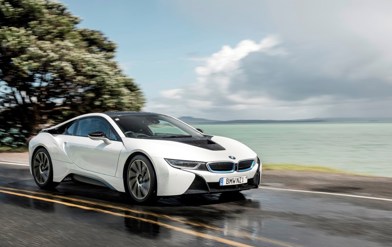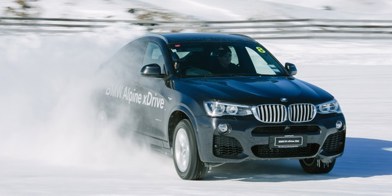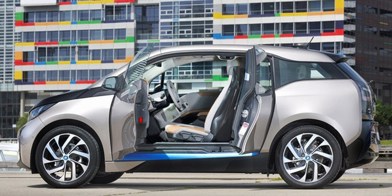The Lexus UX300e paved the way for BEVs from Lexus and Toyota. As almost every major car brand releases an EV, the big Japanese players have been relatively slow to adopt.
While Nissan virtually established mainstream EVs with the Leaf and Honda with the Insight, the like of Mazda, Mitsubishi and Subaru have all been a little slow to adopt to mainstream EVs.
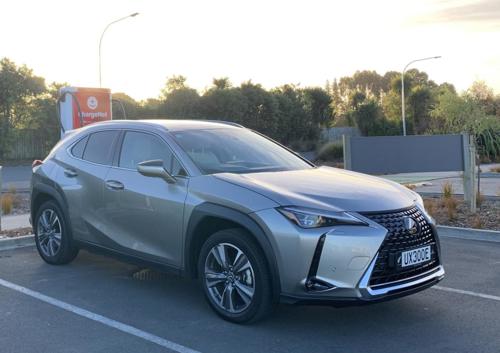
Whether that’s good or bad is really still open to debate, and as we near the end of 2023, the NZ Clean Car Discount coming to an end after 2.5 years, and a massive 13 years after the Leaf launched, we are finally seeing mores BEV from the world’s biggest car brands, Toyota and Lexus.
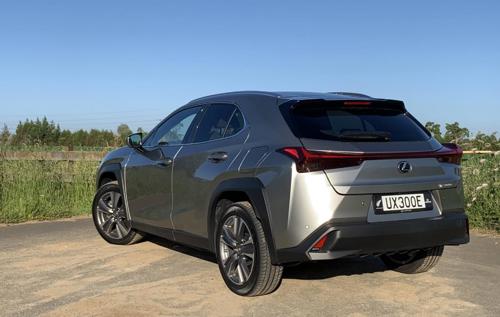
We drove the Lexus RX recently, and with the bZ4x about to arrive in NZ, Lexus has also updated the UX300e Limited, first arriving in NZ in Q2 2022, updated for 2023 with minor but significant improvements.
Priced higher than the expiring $80k cashback cap, it’s an EV arriving with a devil-don't-care attitude, and a slightly different mindset; it’s merely adding an option to the Lexus range, rather than forcing buyers into an EV.
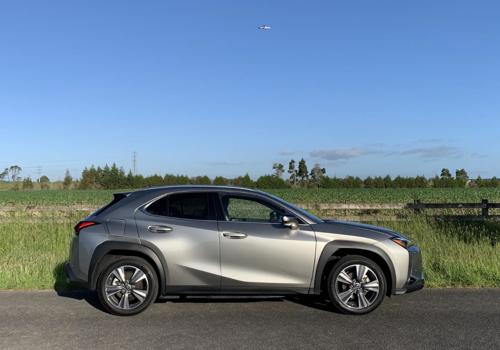
Range of 440km not enough? No problem. $89,900 retail put you off? Fine then, because there are plenty of buyers queued up for the compact luxury SUV. New orders for UX300e are currently closed, if your preferred colour isn’t already in stock in NZ.
Regardless, the UX300e might be the brand’s first EV, but the model feels way less about the BEV side, and more about a fuel-friendly premium compact SUV; the EV to buy when you don’t really want to buy an EV.
Almost the antithesis of a Tesla, and it’s nothing overt, more the little things, like the state of charge: there isn’t a percentage gauge on the digital dash. Instead, Lexus uses the conventional fuel gauge with five level marks. Sure, there’s the more important range figure, but unless you’ve activated the percentage number on your phone, that might be a good thing, as for some, the percentage invokes range anxiety.
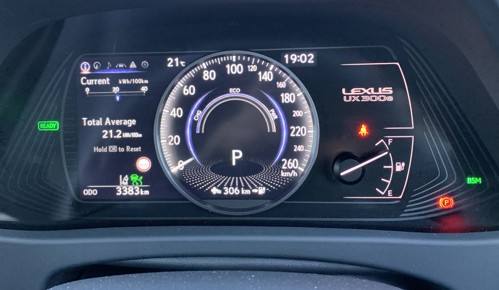
There’s a discrete battery use/regen gauge within the digitised analogue speedometer, and a prominent Eco, Normal, Power dial right up top of the dash. Dialled to Eco, range showed 426km on a full charge, and it’s one of those EVs where turning on the AC saps 10-15 per cent of the range. Anything less than 20kWh/100km useage is economical for an EV, and while Lexus claims 15kWh/1-00km, our best combined figure was 20.7 - its 2245kg could be a key culprit. Keep in mind, though, that the 73kWh battery is a big step up from the 2022 model’s 54kWh version.
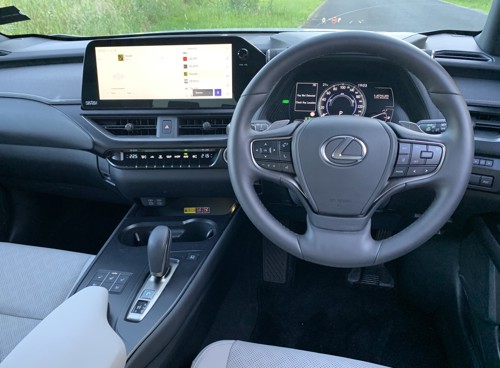
There’s also the charging side, which uses two plugs: the Chademo for DC charging, though maximum recharging rate is just 50kW – though we often saw 20-30kW on a new 50kW charger, when the battery was in a discharged state and should have taken more; there's home charging, of course, via a Type 2 AC for home charging, where it’s max rate is just 6.6kW: most home Wallboxes can output 7-8kW – so charging the UX seems to be behind the typical EV curve when 100+kW/22kW and CCS are becoming standard. Same story with the start button, quickly becoming redundant in EVs.
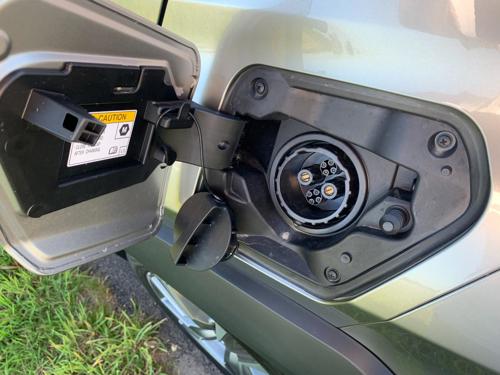
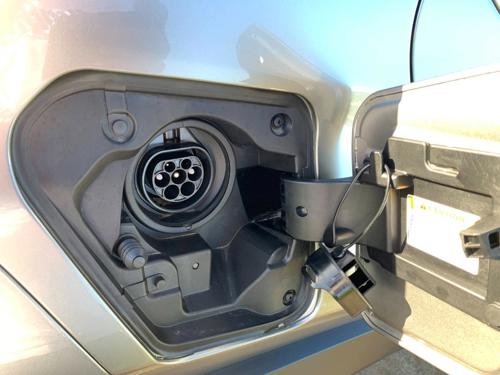
There is, however, a clever Toyota/Lexus My Room mode while charging, that offers functions like AC and entertainment, without draining the battery.
EV stuff aside, the Lexus UX300e is a remarkably impressive vehicle, carrying through the premium look and feel of its larger range siblings.
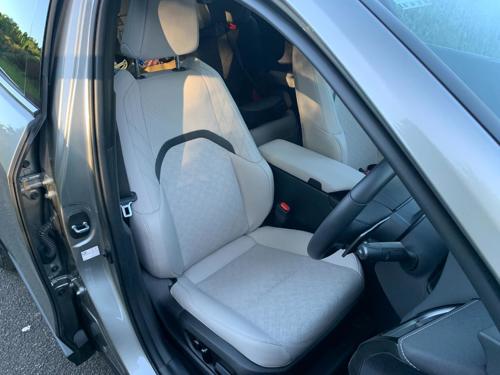
Its perforated white leather with auto heated and cooled seats and steering wheel, in tune with the AC system, is a welcoming sight, along with twin cup-holders often used for quick storage, and a wireless charging mat. A Mark Levinson audio system combined with sound deadening both offer a premium, quite drive.
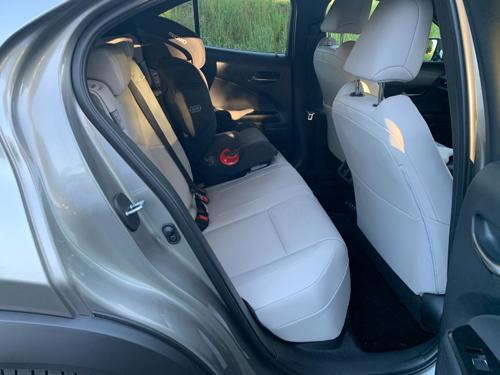
The infotainment system itself is rather average, however: clunky, confusing and temperamental, often not hooking up to a phone through either wireless or wired (for CarPlay, wired for Android), for no apparent reason – when a simple off-on reconnection worked. Gone for 2023 is the touchpad.
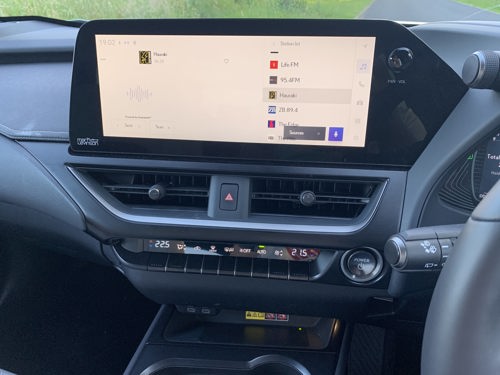
An electric sunroof, active cruise control with stop-go, Head-Up Display and so much loaded tech we’ve come to expect from a Lexus are all loaded into the UX, making it an absolute pleasure and premium feel, befitting of the models well above $100k. From the driver’s seat, it could well be a Lexus NX or even RX. And with the entry level ICE Lexus LBX around the corner, options abound.
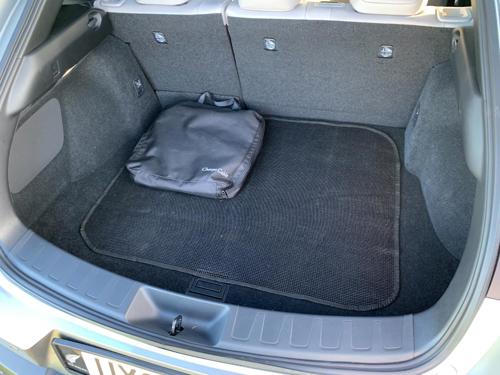
The UX is instantly torquey and smooth, as electric tend to be, with three modes for sport, normal and eco – it'll dash to 100km/h in 7.5 seconds, though it’s clearly a front-wheel drive and isn’t immune to wheelspin exiting slower corners with an eager throttle. Which raises another oddity: the big, accessible traction control switch on top of the dash binnacle – not something I’d expect to see perched there in 2023, in this OSH world.
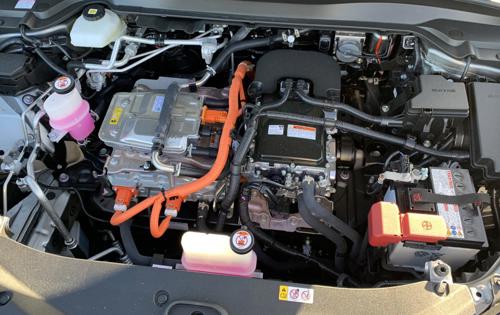
The rear seat is compact SUV sized, though the trade-off is a big boot, that’s practical and a sizeable 367 litres – no frunk. The boot also features a handy kick-to-open hatch with memory feature, which isn’t always a part of the lower end of premium models.
Think of the UX300e as a well-equipped, competitively priced premium compact SUV, rather than a luxury EV SUV, and it very effectively manages to impress.
Lexus UX300e Limited
MOTOR: Single motor, FWD
BATTERY: 72.8kWh, max charge 6.6kWh (AC), 50kWh (DC)
POWER: 150kW/300Nm
0-100KM/H: 7.5 secs
RANGE: 440km (WLTP)
PRICE: $89,990




















